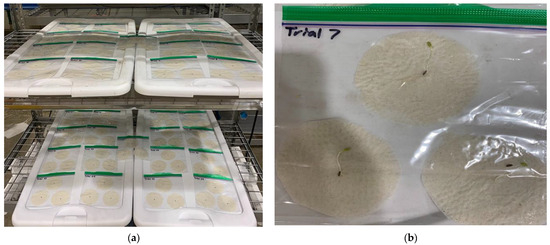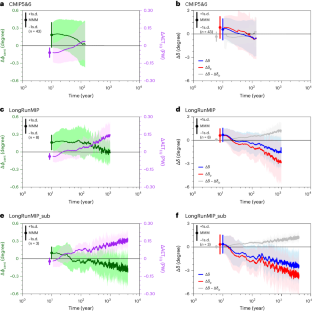2024-07-03 イリノイ大学アーバナ・シャンペーン校
<関連情報>
- https://aces.illinois.edu/news/wastewater-viable-medium-growing-lettuce-hydroponic-systems-study-shows
- https://www.mdpi.com/2077-0472/14/4/608
レタス(Lactuca sativa)の種子の発芽と成長に対する排水の影響の調査 Investigating the Impacts of Wastewaters on Lettuce (Lactuca sativa) Seed Germination and Growth
Liam P. Reynolds,Vitória F. C. Leme and Paul C. Davidson
Agriculture Published: 12 April 2024
DOI:https://doi.org/10.3390/agriculture14040608

Abstract
There is an opportunity for agriculture to utilize the many different waste streams in our world and capitalize on what would otherwise be viewed as waste products. Hydrothermal liquefaction (HTL) is an emerging technology for converting wet biomass to bio-crude oil, while aquaponics is a practice tracing back to indigenous communities around the world; both technologies have the potential to sustainably provide the necessary nutrients for crop growth. Food systems worldwide are actively transitioning to address the many challenges of climate change in a sustainable and efficient manner. Urban agriculture (UA) has the potential to generate localized crops in densely populated areas year-round, but has its challenges, involving high capital requirements, especially for vertical farming and controlled-environment agriculture, and being energy intensive due to artificial lighting and fossil fuel-based synthetic fertilizers. This study investigated the potential for aquaponic and HTL effluents to be used in hydroponic systems through a seed germination screening experiment. Buttercrunch lettuce (Lactuca sativa L.) seeds were placed in Ziploc plastic bags on paper towels saturated with the wastewater treatments for 10 days while their total length of growth was routinely measured from the tip of the root to the tip of the cotyledons. The Chicago High School for Agricultural Sciences (CHSAS) aquaponic effluent with a 5.8× times higher nitrate concentration and 4.25× higher ammonia concentration outperformed the Bevier aquaponic effluent and improved any other source water it was combined with. Results also showed that seed germination was not inhibited in the presence of 2–8% solutions of hydrothermal liquefaction aqueous phase (HTL-AP), which performed on par with standard hydroponic fertilizer; solutions of a higher percentage, though, may lead to inhibitory effects in plants, and those of a lower percentage may not provide enough nutrients in the proper forms to sustain plant growth. However, the nutrient analyses revealed that there is still much to investigate regarding the combination of wastewaters to provide a complete, well-rounded, and sustainable source for hydroponic crop production.



